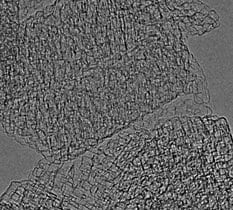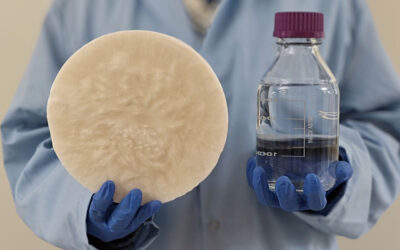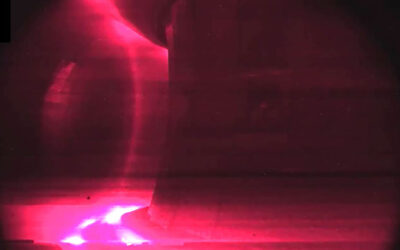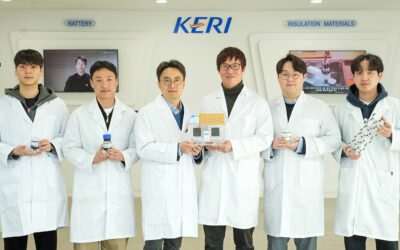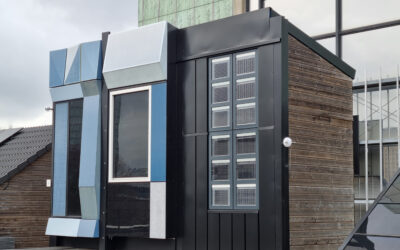Supercapacitors have attracted considerable attention due to their high power density and long cycle-life. Bridging batteries and conventional capacitors, supercapacitors can be used in portable electronics, power back-up, electrical vehicles, and various microdevices.
However, the energy density of commercially available supercapacitors is relatively low (less than 10Wh kg-1); advanced supercapacitors must be developed with higher operating voltage and higher energy without sacrificing the power delivery and cycle life to meet the energy demands required for practical applications.
In order to improve one aspect of these demands – the supercapacitor energy density – a great deal of recent research effort has been directed toward improving specific capacitance or methods to provide the maximum operation voltage to the cell system. Now, a team led by Zhuangjun Fan at Harbin Engineering University, Linjie Zhi at the National Center for Nanoscience and Fei Wei at Tsinghua University, China, have reported an asymmetric supercapacitor based on a nickel hydroxide – graphene composite, used as the positive electrode, and porous graphene, used as the negative electrode.
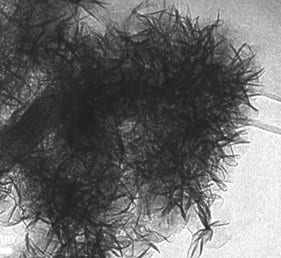
A TEM image of the graphene composite used in the construction of the positive electrode, clearly showing the flowerlike shapes that have been deposited.
The composite was fabricated by growing hierarchical flowerlike nickel hydroxide structures on graphene sheets using a microwave heating method, which, unlike previous methods used to synthesize such a material, did not require hard/soft templates or precipitate controlling agents. The hybrid material has a high specific capacitance (1735 F g-1) and a high rate capability compared to pure nickel hydroxide.
To construct the negative electrode, porous graphene was synthesized using porous magnesium oxide sheets as the template in a chemical vapor deposition (CVD) approach. The porous graphene has considerable mesopores (3-8 nm), with a Brunauer-Emmett-Teller surface area of 1654 m2 g-1. Based on this unique structure, the group expected that porous graphene would exhibit excellent electrochemical performance compared with chemically reduced graphene.
The optimized asymmetric supercapacitor made from these graphene materials had specific capacitance of 218.4 Fg-1 and a maximum energy density of 77.8 Wh kg-1, based on the total mass of active materials at a voltage of 1.6 V. It also boasts a long cycle life, with 94.3% specific capacitance retained after 3000 cycles.The researchers hope that their findings will lead to the widespread use of graphene-based composites in asymmetric supercapacitors with high voltage, high energy, and high power densities, meeting the diverse demands where high power and energy storage systems are in great demand.


